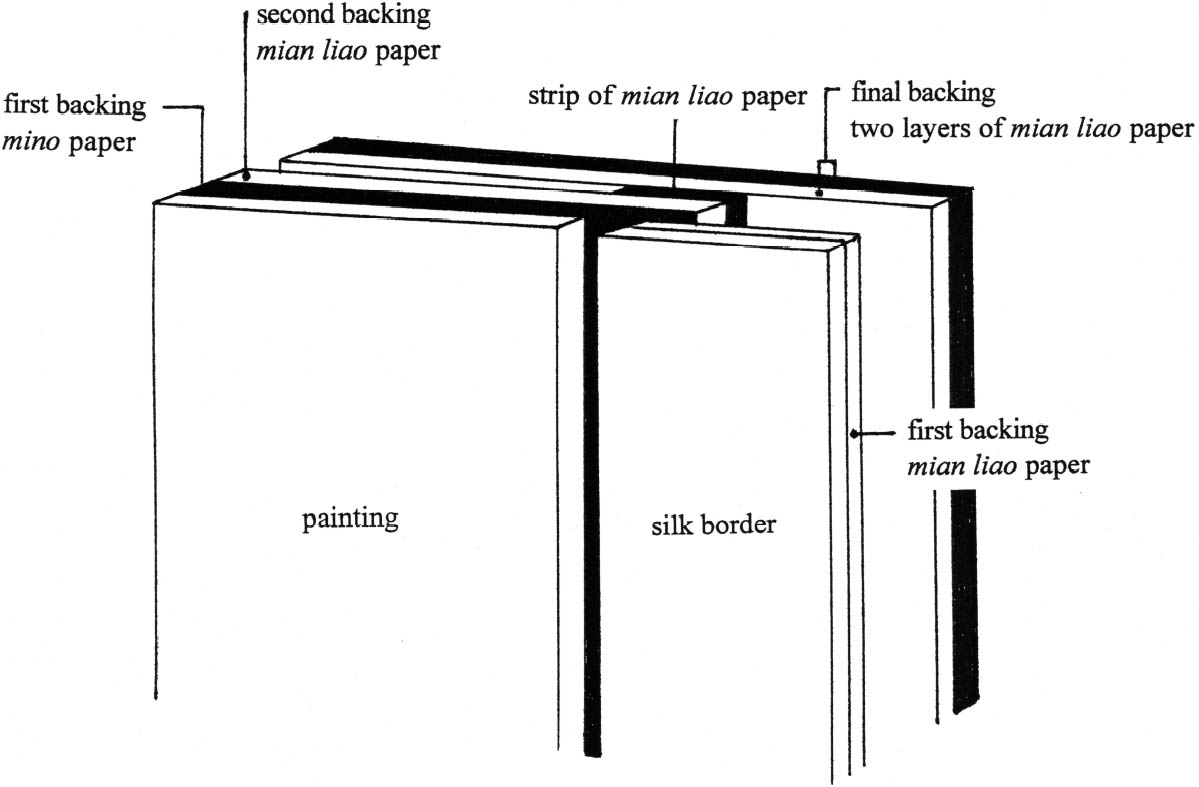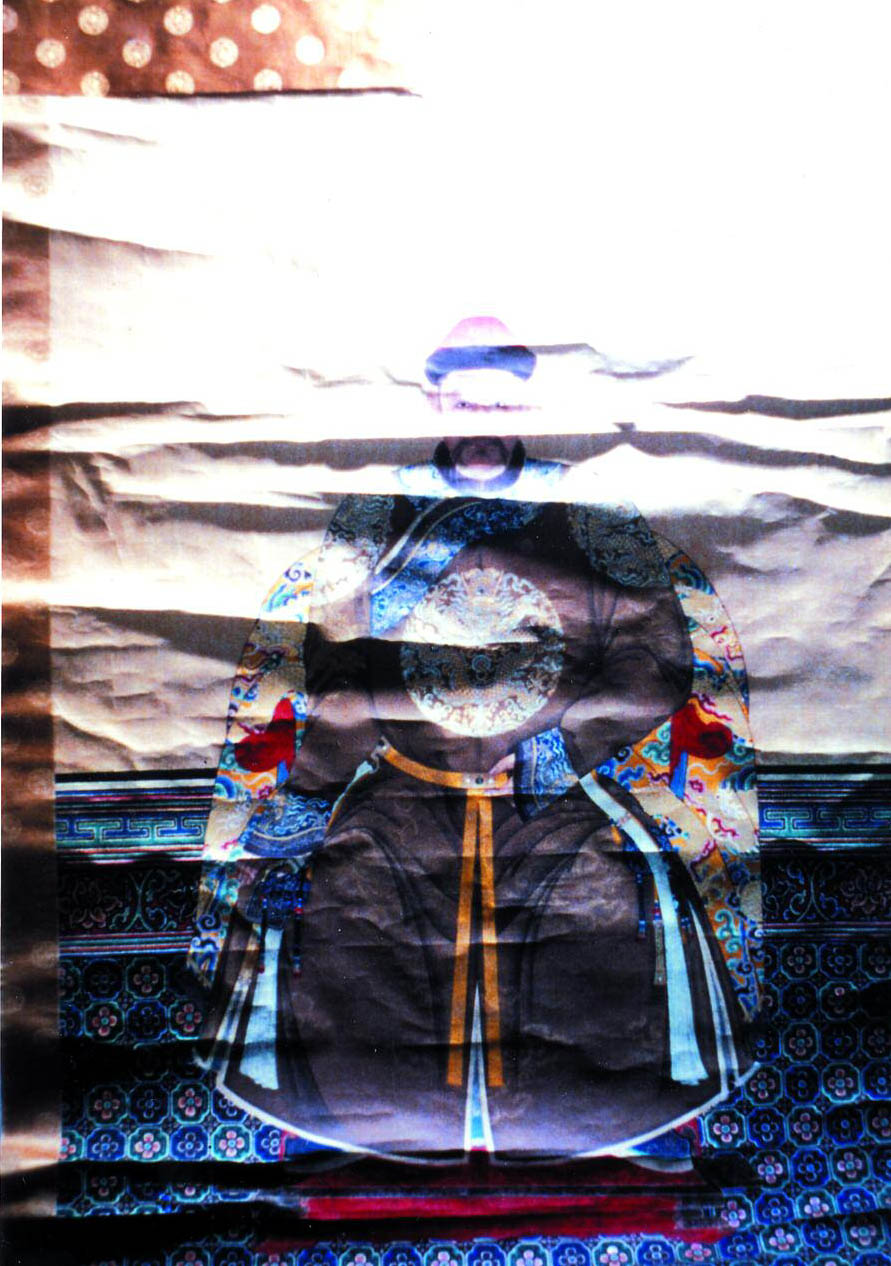THE TREATMENT OF CHINESE ANCESTOR PORTRAITS: AN INTRODUCTION TO CHINESE PAINTING CONSERVATION TECHNIQUESVALERIE LEE, XIANGMEI GU, & YUAN-LI HOU
1 INTRODUCTIONIn 1991, the Arthur M. Sackler Gallery, Smithsonian Institution, in Washington, D.C., acquired a collection of 83 hanging scrolls, which were portraits from the Of the 34 paintings, 32 were executed on silk supports, one on paper, and one on cotton. Pigment analysis conducted by the museum's scientists revealed that mineral pigments, such as malachite, azurite, orpiment, and vermilion, were used in several paintings. The binder was found to be animal glue, and a high pigment-to-binder ratio gave the paints a soft, matte appearance. Thick layers of paint, up to 1 mm thick on some paintings, were typically applied in the costume area, while thin washes were applied on the face and hands. We also observed that azurite and malachite were ground to different degrees on the same painting. These differences allowed the artist to use a greater range of colors, as pigments appear darker when coarsely ground and lighter when more finely ground (Winter 1985). The details of the costume were often quite beautiful, meticulously depicting embroidery and jewelry. Great care was taken with the costume because it revealed the rank of the deceased. The paintings were previously mounted with silk borders in the tradition of Chinese hanging scrolls (figs. 1, 2). This format came to be popular for Chinese paintings during the 11th century A.D. (Gulik [1958] 1981) and was commonly used for ancestor portraits. The paintings and silks were separately backed with one or two paper layers, depending on the thickness of the painting, and then joined together. The entire unit was supported with two or three additional paper layers. Two narrow vertical silk strips were pasted onto the upper border of the scroll for decoration. A semicylindrical hanging rod was attached to the upper edge of the scroll so that it could be hung on the wall for viewing purposes. A cylindrical roller was attached to the lower edge of the scroll so that its weight enabled the scroll to hang straight when it was suspended on the wall. The painting could also be rolled around the roller for storage, and two knobs, previously attached to each end of the roller, eased this process. Rolling paintings was an efficient way of saving space for storage, as paintings were only shown and appreciated for a short period of time. Ancestor portraits, for example, were mainly displayed during the Chinese New Year and occasionally during special events such as birth-days (Stuart and Rawksi 2001).
Upon closer examination, we discovered that most of the paintings had dust and stains, most likely due to inappropriate storage. Poor handling and rolling of the thick paint layers had also caused creases and tears (fig. 3, see page 452). Some portraits had extensive pigment loss and flaking. The azurite and malachite were particularly damaged because they were applied in thicker layers and therefore were more vulnerable to abrasion. Many scrolls were also brittle, weak, and dirty. As a result, 14 paintings had to be remounted before being presented to the public. This task proved challenging for two reasons: the large scale of the paintings (most measure 300 cm � 120 cm) and the sensitivity of the colors to water. The remaining 20 paintings were able to undergo minor treatments such as reinforcing creases and tears, removing stains, flattening, and inpainting. In this article, we will first present Chinese painting conservation objectives and describe some of the traditional tools we use. We will then describe the remounting process used in our treatment of one of the ancestor portraits.
|


